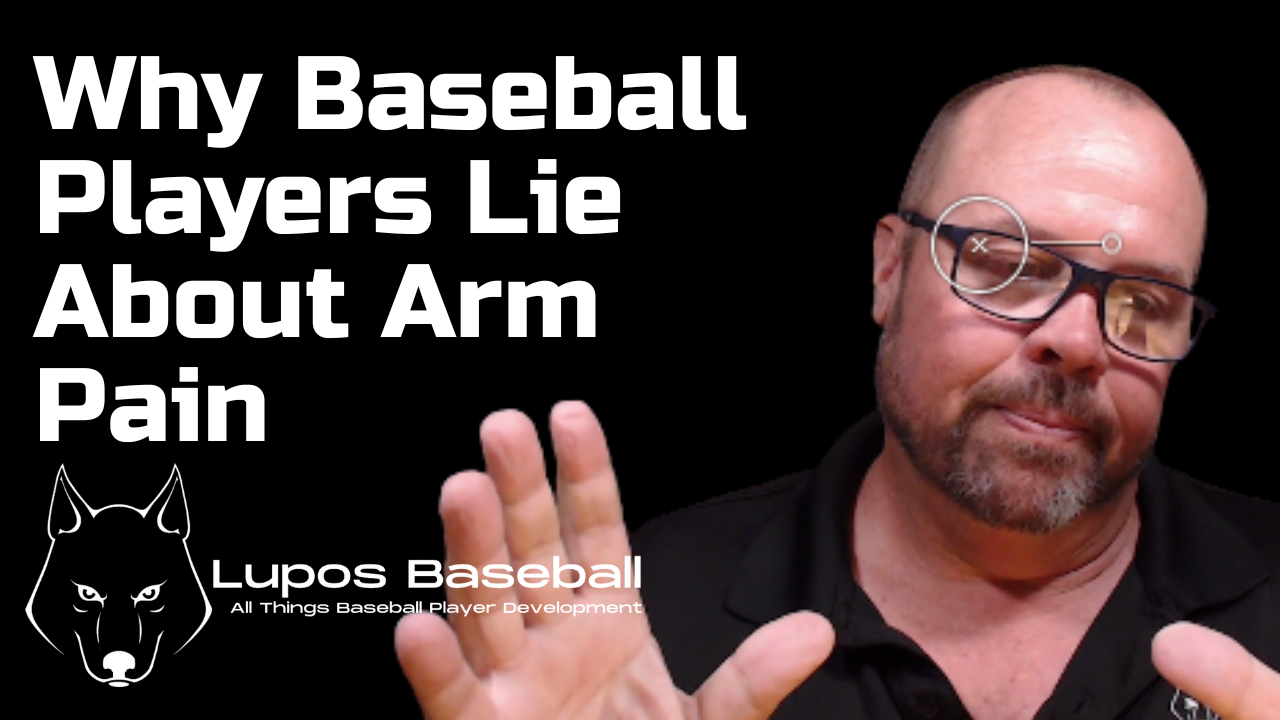“I’m Fine, Coach”—The Lie That Leads to Injury
Many high school and college baseball players return from summer ball with undisclosed injuries, especially to ligaments and tendons. This blog reveals why athletes lie about pain, what coaches and parents can do to spot hidden issues early, and how overlooked “tweaks” often become serious long-term setbacks. Learn how to identify and address summer baseball injuries before they become season-ending problems.
SUMMER BASEBALL


“I’m Fine, Coach”—The Lie That Leads to Injury
Why players hide pain—and how to catch it before it costs a season
The most dangerous thing a player can say isn’t “I’m hurt.”
It’s “I’m fine.”
Because behind that statement, there’s usually a nagging elbow, a sore shoulder, a tweak that never fully went away—and now, it's been ignored for weeks.
▶️ Ever had an athlete hide pain until it was too late? Share your experience in the YouTube comments.
Most Players Won’t Speak Up—Especially After Summer Ball
Coaches hear it every August:
“Had a great summer, Coach!”
“I’m ready to go.”
“I feel good.”
But when trainers evaluate those same players…
They find instability.
Swelling.
Mechanical breakdown.
Signs of real injury.
So why didn’t the athlete say anything?
Because they're afraid.
They Don’t Want to Lose Their Spot—or Look Soft
Players lie about pain because they don’t want to:
Get labeled
Lose their role
Miss time
Start over
They’d rather fight through it—until it becomes too obvious to hide.
By then, the damage is worse, and the recovery takes longer.
Ligament Injuries Don’t Scream—They Whisper
Tendon and ligament issues don’t always show up in one big moment.
They creep in.
What starts as a “little tweak” becomes:
A day off from throwing
A missed bullpen
A quiet trip to the trainer
And eventually—a torn UCL, a shut-down season, or a career detour
If it gets ignored, it grows.
Trainers Catch What Players Try to Hide
Good programs don’t rely on what the athlete says. They verify.
That’s why August starts with athletic diagnostics:
Joint testing
Range of motion
Pain response
Functional movement screens
The truth comes out. Because your body doesn’t lie—even when you do.
Coaches and Parents: Create Space for Honesty
If your athlete thinks they’ll be punished for saying, “My arm doesn’t feel right,”
they’ll stay silent.
That silence costs seasons.
Instead, reward honesty. Build systems that catch problems early. Teach them that admitting pain is smart—not weak.
Why This Matters to Sore to Soaring
We build our development system around truth.
Every player is tracked, tested, and evaluated.
We don’t wait for injuries—we work to prevent them.
That starts with structure, accountability, and giving athletes the confidence to speak up before it’s too late.
📕 BASS: Barrel Accuracy and Swing Strength – The Path to Elite Level Hitting
👉 Visit: www.luposbaseball.com
Disclaimer:
The content shared is for informational purposes only. This is not a judgment of any person or program mentioned. All names and events are discussed from personal memory and are not meant to accuse or endorse. The goal is to share insight from lived experience.
#BaseballInjuries
#PlayerDevelopment
#YouthBaseballHealth
#PitcherInjury
#TendonitisWarningSigns
#CollegeBaseball
#HighSchoolBaseball
#BaseballRecovery
#PlayerHonesty
#BaseballTrainingTips
#ArmCare
#UCLInjury
#BaseballTruth
#LuposBaseball
#BASSMethod
#SmartBaseball

